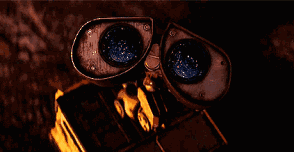
Machine vision is a branch of artificial intelligence that is rapidly evolving. Machine vision is a comprehensive technology that includes image processing, mechanical engineering, control, electric light source illumination, optical imaging, sensors, analog and digital video technology, and computer hardware and software technology ( Image enhancement and analysis algorithms, image cards, I/O cards, etc.). A typical machine vision application system includes image capture, light source system, image digitization module, digital image processing module, intelligent judgment decision module and mechanical control execution module.

The most basic feature of machine vision systems is the increased flexibility and automation of production. In some dangerous work environments that are not suitable for manual work or where artificial vision is difficult to meet the requirements, machine vision is often used instead of artificial vision. At the same time, in the process of large-scale repetitive industrial production, the machine vision inspection method can greatly improve the efficiency and automation of production.
Application Fields
The application of machine vision mainly includes two aspects of detection and robot vision, as well as:
1 Automatic optical inspection AOI
2 Face recognition
3 Self-driving car
4 Product quality classification
5 Automatic inspection of print quality
6 Text recognition
7 Texture recognition
8 Tracking and positioning
……
The improvement of 4K, 8K and other resolutions, the arrival of the 5G era, has increased the data transmission capacity, and also accelerated the application and technology upgrade of machine vision image recognition.
In the application of all the technologies described above, there is an important problem – data transmission, and in the traditional interface, most of them use USB3.0, or Camera Link. With the introduction of the USB TYPE C, industrial machine vision is beginning to use Type C interfaces more and more, supporting 10 Gbps of bandwidth. Smartavlink began to develop and research OE converting technology in 2013. USB 3.0 series as well as Type C’s active OE hybrid line is being launched to help solve the traditional copper wire in the machine vision application, the distance is too short, the bandwidth is insufficient, the long-term repetitive service life is too short, and the signal is unstable and other issues. 
With the increase of labor costs and the advancement of German Industry 4.0, it is expected that with the maturity and development of machine vision technology itself, it will become more and more widely used in modern and future manufacturing enterprises.
